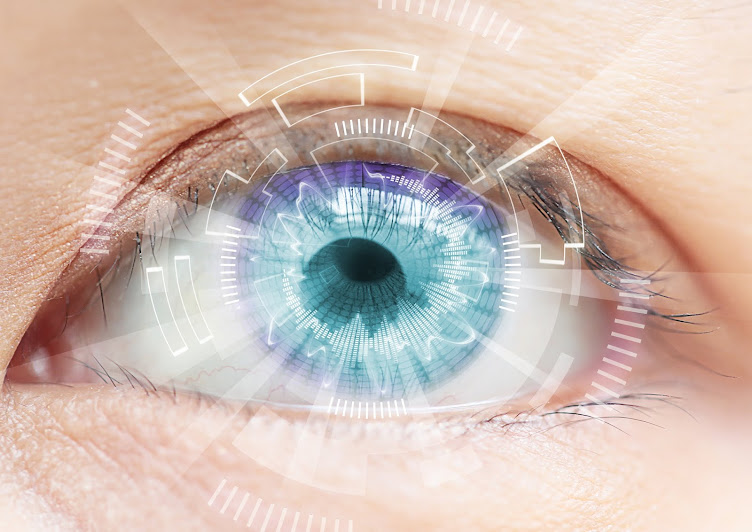Tear filam of Eye
we have the eye and in the upper outer corner we have a gland called the lacrimal gland it's job is to produce a watery salty solution that is poured onto the eye and then washes the eye and performs some very important functions which we're gonna list here so firstly it will pour through these ducts you can see it has multiple ducts that drain into the eye and when you blink you actually spread this watery salty solution over the eye now what does that do well for one it keeps the eye from drying out so prevents dehydration that's very important because if that is dehydrated you will actually not be able to see clearly another thing it does is it will wash dirt away so your eyes always open it's exposed to dust and whatever else is in the air so it will wash that away and it actually protects the surface of the eye from viruses bacteria well mainly bacteria and any kind of microbes that might be in the air how does it do that well this water solution actually has many anti bacterial proteins in there like lysozymes etc and what these do is they function like they're antibiotic so they will kill any bacteria that land on the surface of the eye thus keeping the eye free of infection and again helping you to see because if you have infection in the eye you're going to have inflammation blood vessels will form you will have a lot of swelling and fluid collection in the eye and you will not be able to see so everything in the eye is directed at allowing you to see really clearly and really well now another amazing thing this watery solution does is you can see this kind of transparent layer we call this the cornea this is what allows light into the eye now the cornea does not have any blood vessels and so the cells in there still need a source of oxygen and they need a kind of fluid to take the waste from the cells away which is this is usually the function of blood since we don't have blood vessels in the cornea the watery solution poured in from the lacrimal gland does this function it dissolves oxygen from the air and it gives it to these cells here and then it washes away their waste as well and then when you blink what you're doing actually apart from spreading the water from this gland across the eye you're actually pushing it into this drainage system now let's look at this which system in a bit more detail so in the inner corner of the eye here we have two holes one hole on top and one hole under we call these the puncta now the Punkt are basically the opening onto these small canals so you have what we call a canaliculi on top and then a canal under as well and this drains the dirty water out so when you blink you push the dirty water through these punks or through the holes into these little canals and then the water is drained into this sack which we call the nasolacrimal sack and this drains into the nose so a great question would be does the water on the surface of the eye from this gland does that evaporate well it would evaporate but we have another layer on top that takes us to our second gland so if we just go back here these this row of glands on the top and we actually should have a row bottom at the bottom as well these are called the meibomian glands you have about 25 to 30 of these glands on top arranged in parallel you can think of them as a row of kind of eye droppers sitting on top of the eye and what they do is they produce an oily liquid or oily secretion. and again this oil is spread over the i/os pushed out over the eye when you blink now what's the purpose of this oily solution well for one it prevents the water you lay under it from evaporating which is amazing spamela and another thing it does is it seals your eyelids.











